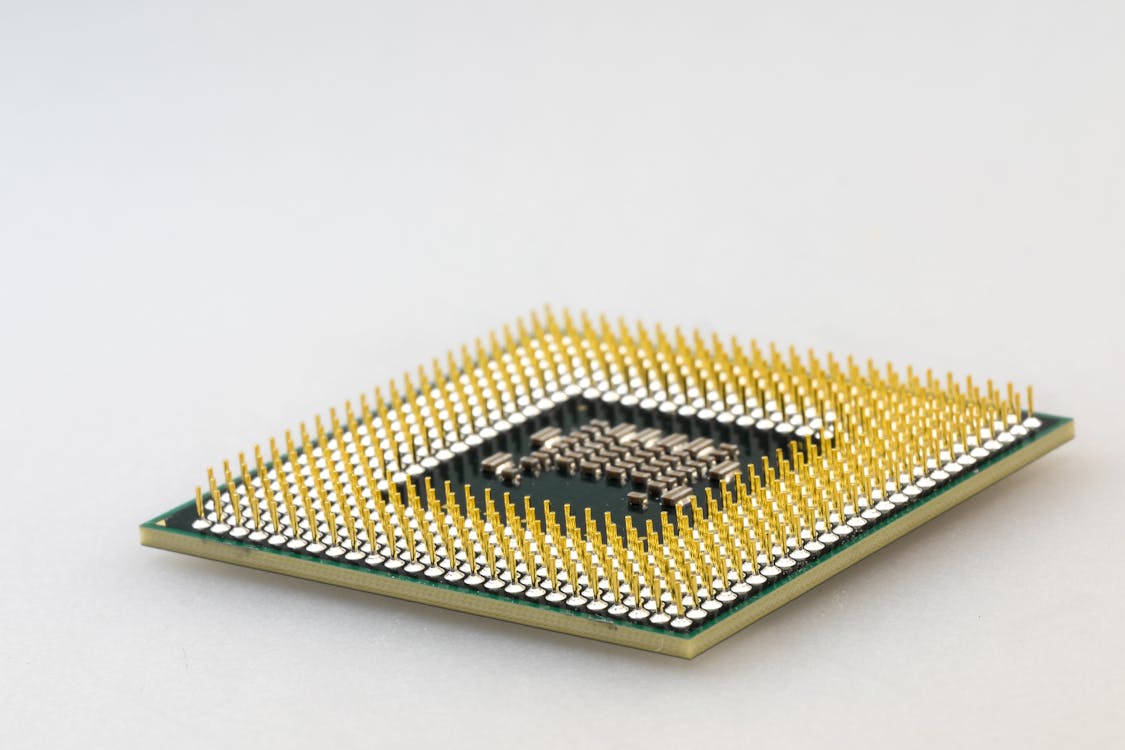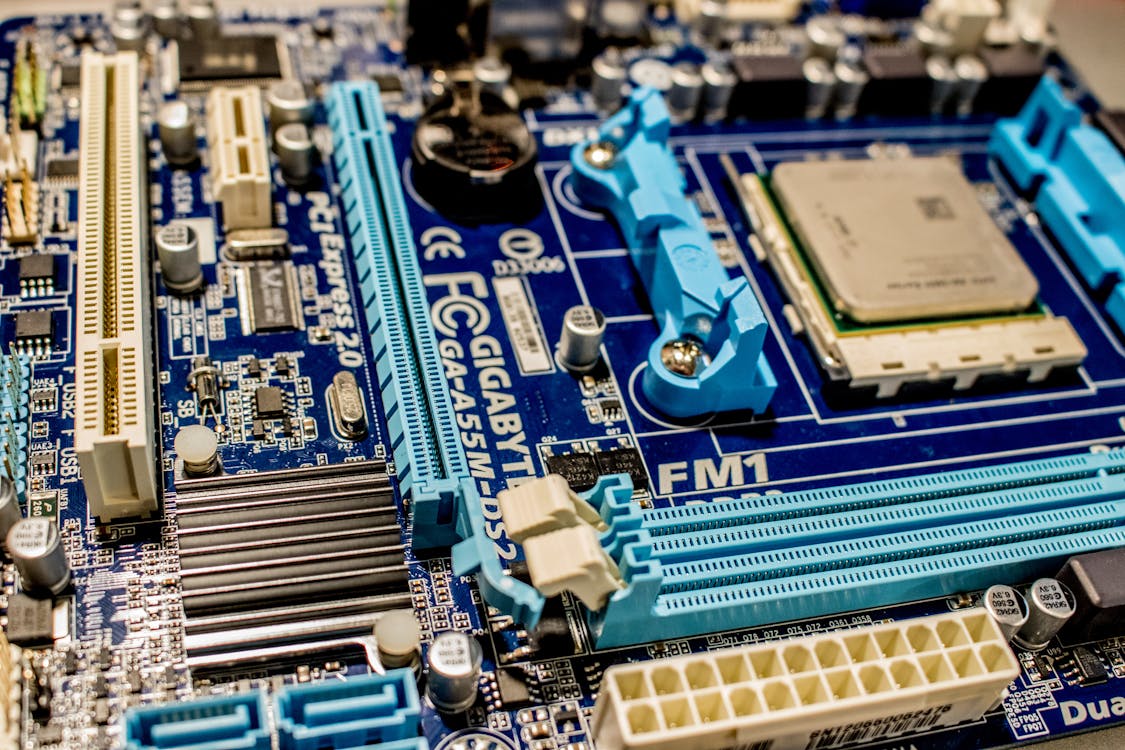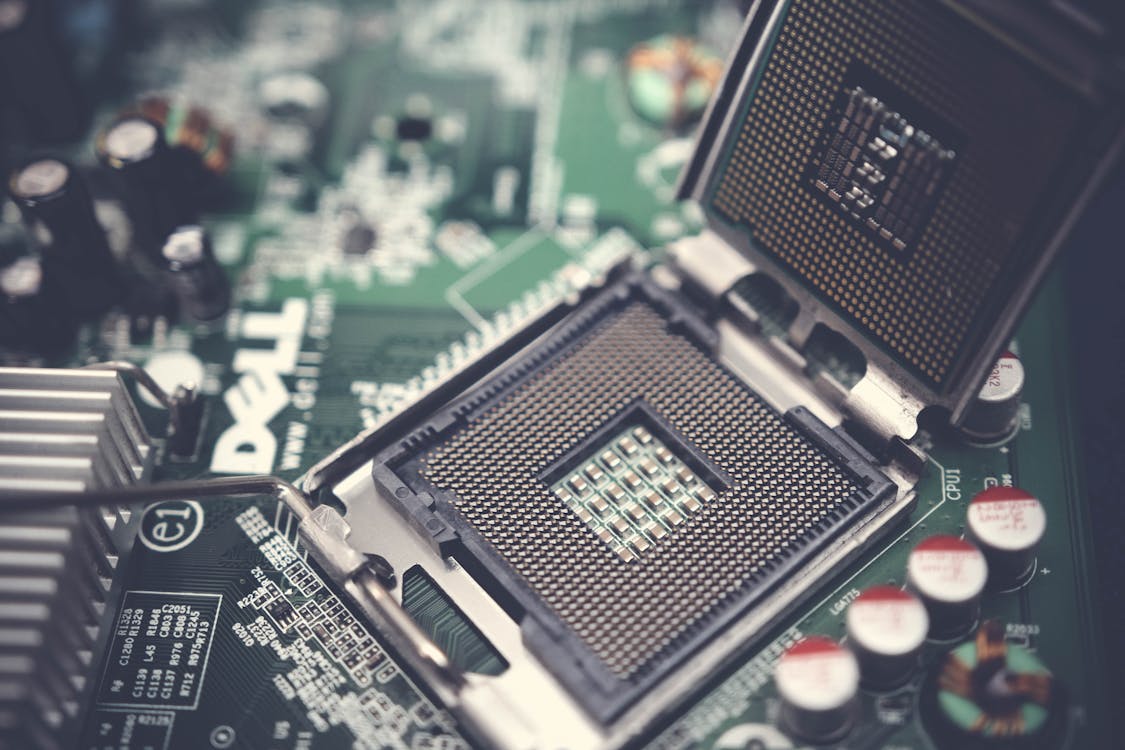What is CPU?
Central Processing Unit (CPU) is the primary component of a computer that performs most of the processing tasks, including executing instructions of a computer program, basic arithmetic, logical, and input/output operations. It acts as the "brain" of the computer and is responsible for executing instructions and making decisions.
Responsibilities :
The main responsibilities of a CPU (Central Processing Unit) are:
Execution of instructions: The CPU retrieves and executes
instructions from memory, performs arithmetic and logical operations, and
manages program flow.
Data processing: The CPU performs data processing tasks such
as arithmetic operations, logical comparisons, and memory access.
Control Unit: The CPU manages the overall flow of data and
instructions through the computer, including coordination with other system
components.
Memory management: The CPU manages the allocation and use of
memory, including caching and memory access.
Input/Output operations: The CPU manages communication
between the computer and its peripherals, such as the keyboard, mouse, and display.
In summary, the CPU is responsible for performing the majority of processing tasks in a computer and coordinating the work of other system components.
Unit of measurement :
The unit of measurement for CPU performance and speed is
typically hertz (Hz) or gigahertz (GHz). This refers to the number of clock
cycles or clock ticks the CPU can perform in one second. A higher frequency,
expressed in GHz, means that the CPU can perform more clock cycles per second
and therefore execute instructions faster.
Another common unit of measurement for CPU performance is
Instructions per Second (IPS) or Millions of Instructions per Second (MIPS).
This measures the number of instructions the CPU can execute in a given amount
of time.
Additionally, there are other factors that affect overall CPU performance, including the number of cores and threads, the size of the cache, and the architecture and design of the CPU.
Types of CPU?
Scalar Processor (Single-Core CPU): A scalar processor, also
known as a single-core CPU, contains a single processing unit. It can handle
one instruction at a time and is suitable for basic tasks such as word
processing and web browsing.
Vector Processor (Multi-Core CPU): A vector processor, also
known as a multi-core CPU, contains two or more processing units. It can handle
multiple instructions simultaneously, improving performance for tasks
such as video editing, gaming, and scientific simulations.
Graphics Processing Unit (GPU): A Graphics Processing Unit
is a specialized type of CPU that is designed to handle the complex
calculations required for rendering graphics and animations. GPUs are commonly
used in computer gaming, video editing, and other graphics-intensive tasks.
It's worth noting that most modern CPUs today are multi-core, combining both scalar and vector processing capabilities.
Functions of the CPU?
Instruction execution: The CPU retrieves instructions from
memory and executes them, performing arithmetic and logical operations,
managing program flow, and accessing memory as needed.
Data processing: The CPU performs data processing tasks,
including arithmetic operations, logical comparisons, and memory access. It
also manages the data flow between the computer's memory and its
input/output devices.
In summary, the CPU is responsible for executing instructions and performing data processing tasks, which are the fundamental operations that allow a computer to function.
the memory unit of the CPU?
The memory unit of a CPU (Central Processing Unit) is
commonly referred to as its cache. The cache is a small, fast memory located close
to the CPU that stores frequently accessed data and instructions. The cache
helps to speed up the processing of instructions by reducing the number of
accesses to slower main memory.
There are typically multiple levels of cache, with larger
and slower levels of cache being farther from the CPU, and smaller and faster
levels being closer. The CPU uses a technique called caching to store
frequently used data and instructions in the cache so that it can quickly
access them without having to retrieve them from the main memory.
The cache is an important part of a CPU's memory hierarchy, as it helps to reduce the time it takes for the CPU to access and process data and instructions, which in turn can improve overall system performance.
This was a detailed Blog on CPU I hope You understood
well from this blog.









0 Comments